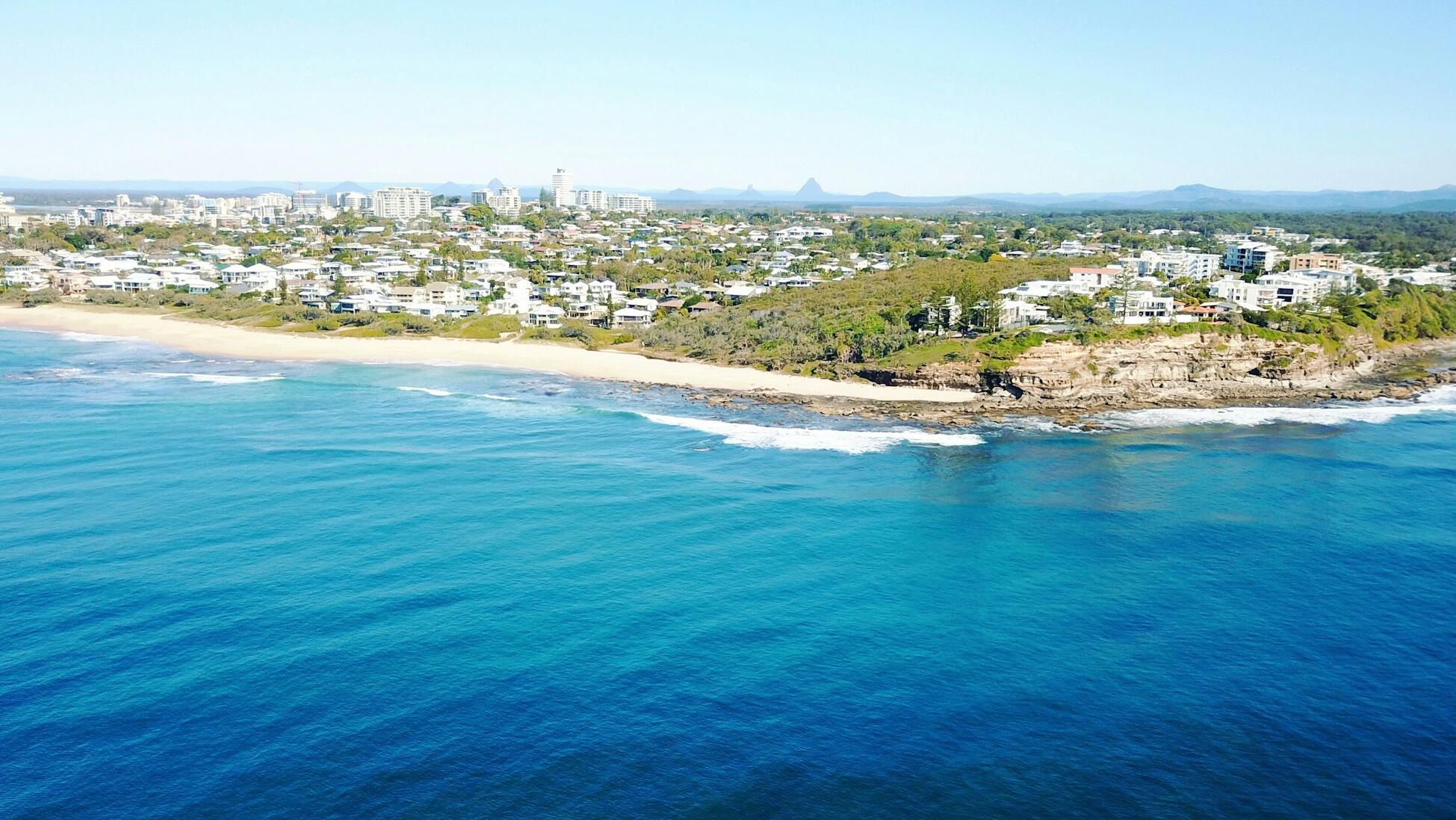Australians are increasingly moving to regional areas, though internal migration has begun to slow.
Around 32% more Australians moved from large cities to regional areas than the reverse in the December quarter, according to a report by Commonwealth Bank and the Regional Australia Institute. Total internal migration fell by almost 12%, however, in a seasonal slowdown at the end of 2024.
“ Regional Australia is the new frontier, and people are enthusiastic about the career opportunities and lifestyle benefits it offers,” said Regional Australia Institute CEO Liz Ritchie.
“The emergence of new mover hotspots further out shows this increase of population into Australia’s regions is not isolated to a couple of places, rather that it’s happening all over the country. It’s why we must ensure communities have the infrastructure, funding and support they need to ensure they can continue to welcome new residents.”
Migration from capitals to regions represented 11.4% of internal migration, rising by 0.1% from the previous quarter.
The local government areas reporting the largest share of inbound internal migration were Queensland’s Sunshine Coast and Victoria’s Greater Geelong. Migration from capitals significantly outpaced migration from other regions to these areas.
Regional New South Wales and Victoria accounted for 71% of all net migration to regional areas, up from 66% year-over-year. Queensland’s regions saw their percentage of net inflows fall to 19, from 32% the previous year.
Internal migrants from Sydney led the capitals in net city outflows, representing 59%. This is a decline from 65% year-over-year, however.
The December quarter saw the Regional Movers Index, which tracks migration from capital cities to regional areas, decline by 11%. This is the largest drop since June 2022, though the index remained 3% higher than the same period of the previous year.
Regional housing values have risen faster than in capital cities since 2020, due to high internal migration rates. Average rent in regional areas has also risen sharply, posting an increase above 40% since 2020, compared with capital city rents’ growth rate of 5%.
Related content


